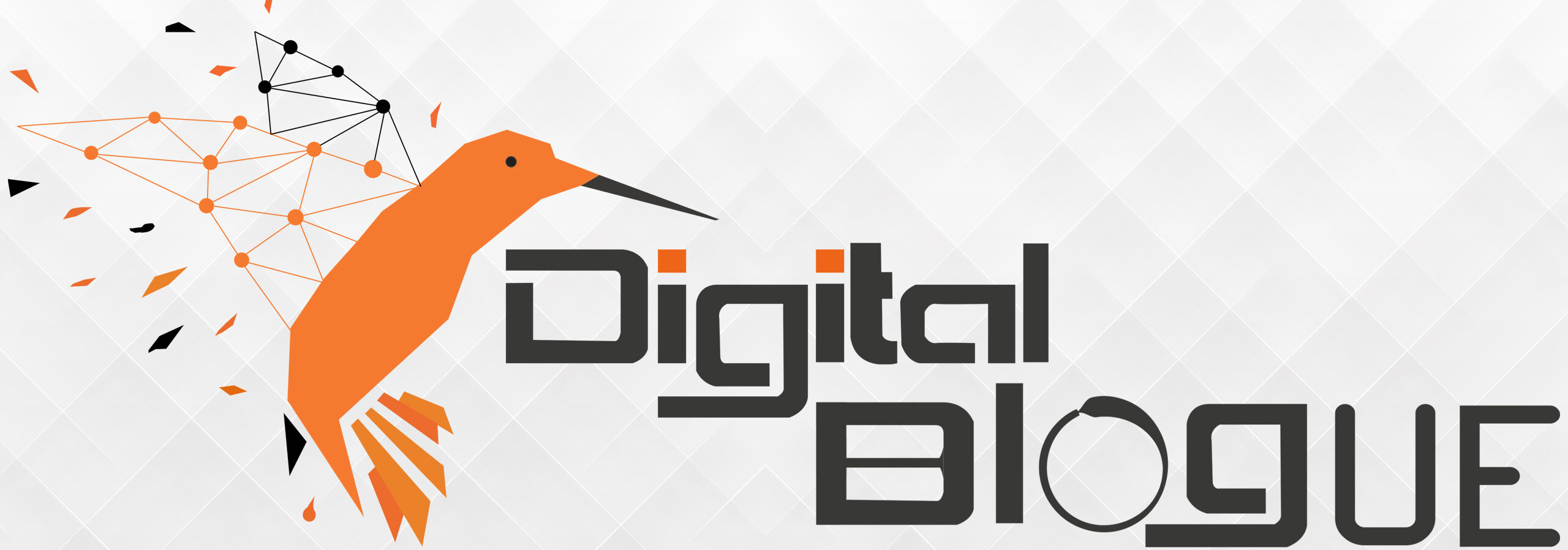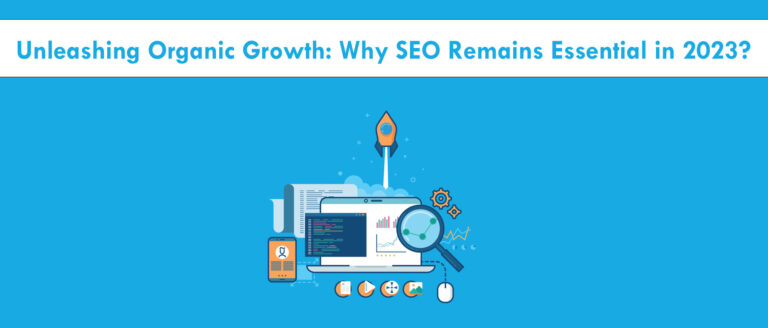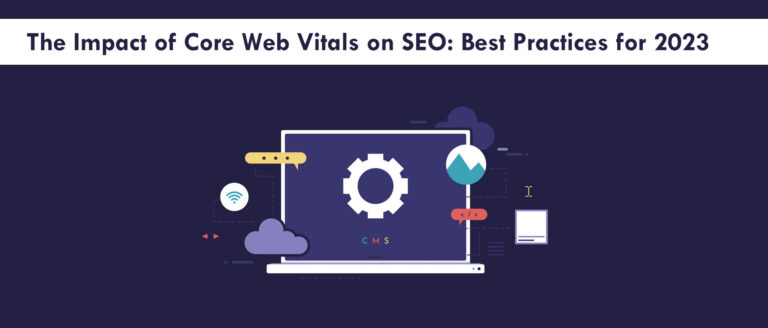Impact of Core Web Vitals on SEO: It is important to stay up to date on the most recent SEO changes because various factors affect how websites rank in search results. One such development that has gained significant importance is Google’s Core Web Vitals. Introduced in 2020, Core Web Vitals is a set of user-centric metrics that measure the overall performance and user experience of a website. As we enter 2023, website owners and SEO professionals need to understand the impact of Core Web Vitals on SEO and adopt best practices to optimize their websites accordingly.

Understanding Core Web Vitals
Core Web Vitals consist of three key metrics that focus on different aspects of website performance:
1. Largest Contentful Paint (LCP): LCP measures the time it takes for the largest content element on a web page to become visible to the user. It reflects the perceived loading speed of the website and should ideally occur within the first 2.5 seconds of the page starting to load.
2. First Input Delay (FID): The FID is the time it takes for a web page to start functioning interactively from the user’s perspective. It evaluates a website’s responsiveness to user activity, such as clicking on buttons or links.
3. Cumulative Layout Shift (CLS): CLS measures the visual stability of a web page. It quantifies how many elements on the page move around unexpectedly while it loads. Websites should strive for a CLS score below 0.1 to provide a smooth and stable user experience.
Impact of Core Web Vitals on SEO
Google has been emphasizing the importance of user experience as a ranking factor, and Core Web Vitals is a significant part of that focus. Starting in May 2021, Core Web Vitals became a ranking factor in Google’s algorithm. Websites that provide a better user experience by meeting the Core Web Vitals thresholds are likely to see improved visibility in search engine results pages (SERPs).
Furthermore, mobile friendliness and speed are essential for establishing a competitive edge as the internet becomes more mobile-centric. Websites that fail to optimize their Core Web Vitals may experience a decline in rankings, leading to reduced organic traffic and potential loss of business opportunities.
Best Practices for Core Web Vitals Optimization in 2023
To ensure your website meets the Core Web Vitals requirements and maintains optimal performance, consider implementing the following best practices:
1. Optimize Page Loading Speed: Minimize server response time, leverage browser caching, and optimize images and other media to improve the Largest Contentful Paint (LCP) score. Compressing files, using content delivery networks (CDNs), and reducing unnecessary scripts can significantly improve loading times.
2. Prioritize Above-the-Fold Content: Load critical content first to provide a faster perception of speed. Optimize the rendering order of elements on your webpage to reduce the perceived loading time and improve user experience.
3. Minimize JavaScript Execution: Heavy JavaScript execution can delay the interactivity of a webpage. Consider deferring non-critical JavaScript, splitting code into smaller chunks, or implementing lazy loading techniques to improve First Input Delay (FID) scores.
4. Avoid Layout Shifts: Ensure that elements on your webpage do not move unexpectedly during page load. Reserve space for images and ads to prevent layout shifts. Specify dimensions for media content to maintain visual stability and improve Cumulative Layout Shift (CLS) scores.
5. Regularly Monitor and Optimize: Continuously measure your Core Web Vitals using tools like Google PageSpeed Insights, Lighthouse, or Search Console’s Core Web Vitals report. Identify performance bottlenecks, address issues promptly, and monitor your progress over time.
Final Thoughts
As we move further into 2023, optimizing Core Web Vitals has become essential for maintaining a strong SEO presence. By focusing on user experience and applying best practices to increase loading speed, interaction, and visual stability, website owners and SEO specialists can improve their website’s performance, gain better search engine rankings, and provide a smooth experience to their customers. Embracing these best practices will not only drive more organic traffic but also contribute to building a solid foundation for long-term online success.







+ There are no comments
Add yours